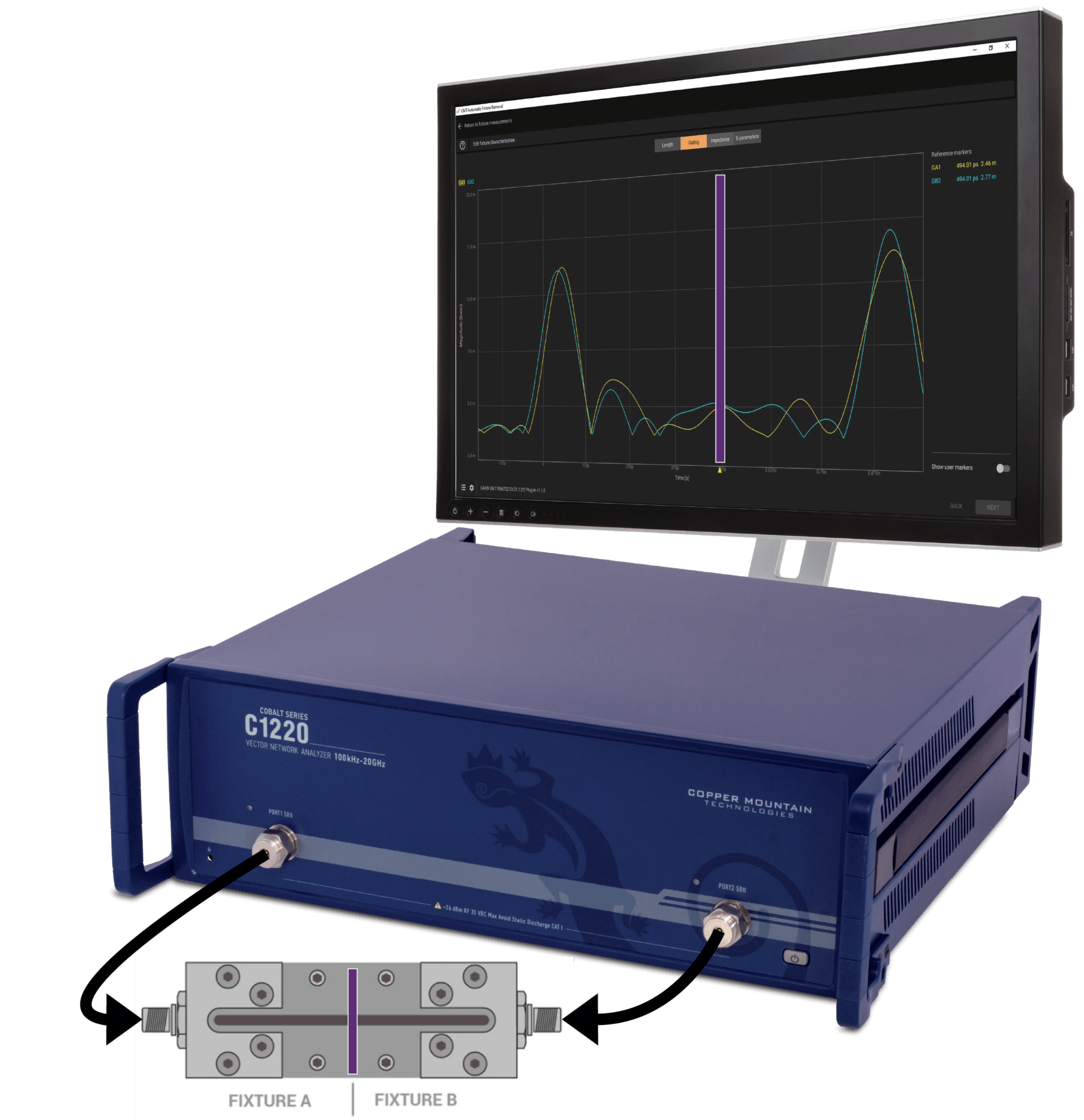med_a
Newbie

Hello,
I'm using the Smith chart on a VNA to determine the matching circuit for my PCB (an RF switch (LoRa, WiFi and GNSS) and an antenna (NN02-224)). I used theory to find the matching networks for GNSS and LoRa, and the VNA showed good results.
However, I couldn't get a good match for WiFi. I've used theory and several configurations (L-matching, T and Pi networks) and the first component behaves as expected (moving the point in the Smith chart to the intersection with the 1ohm circle). But as soon as I add the second component, the behavior is not as expected (instead of eliminating the reactance, the point moves up in the Smith chart).
I've changed the configuration: start with a series component (whether L or C) and then a shunt component, but the problem remains the same.
Can anyone tell me what the problem is?
Thanks
I'm using the Smith chart on a VNA to determine the matching circuit for my PCB (an RF switch (LoRa, WiFi and GNSS) and an antenna (NN02-224)). I used theory to find the matching networks for GNSS and LoRa, and the VNA showed good results.
However, I couldn't get a good match for WiFi. I've used theory and several configurations (L-matching, T and Pi networks) and the first component behaves as expected (moving the point in the Smith chart to the intersection with the 1ohm circle). But as soon as I add the second component, the behavior is not as expected (instead of eliminating the reactance, the point moves up in the Smith chart).
I've changed the configuration: start with a series component (whether L or C) and then a shunt component, but the problem remains the same.
Can anyone tell me what the problem is?
Thanks




